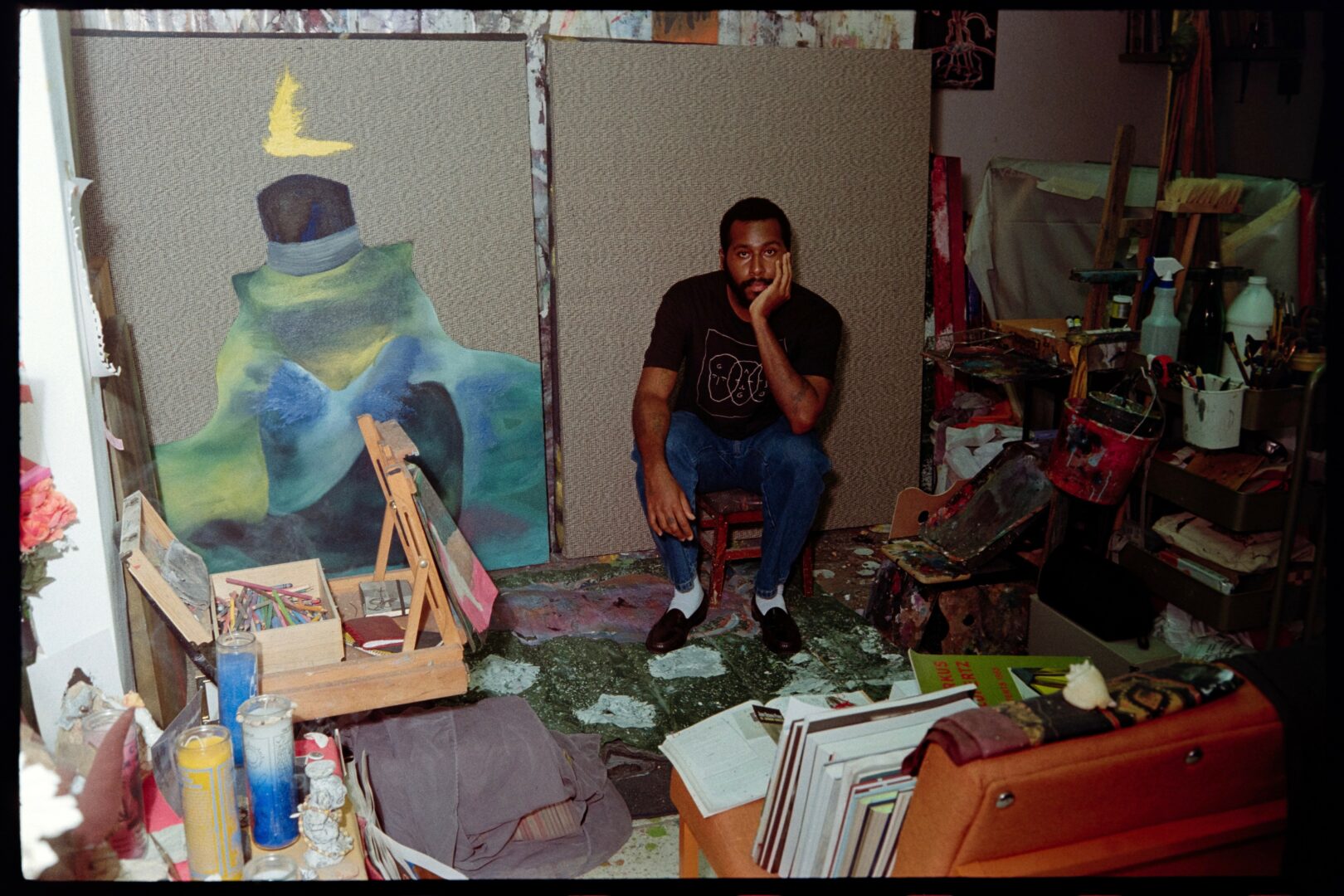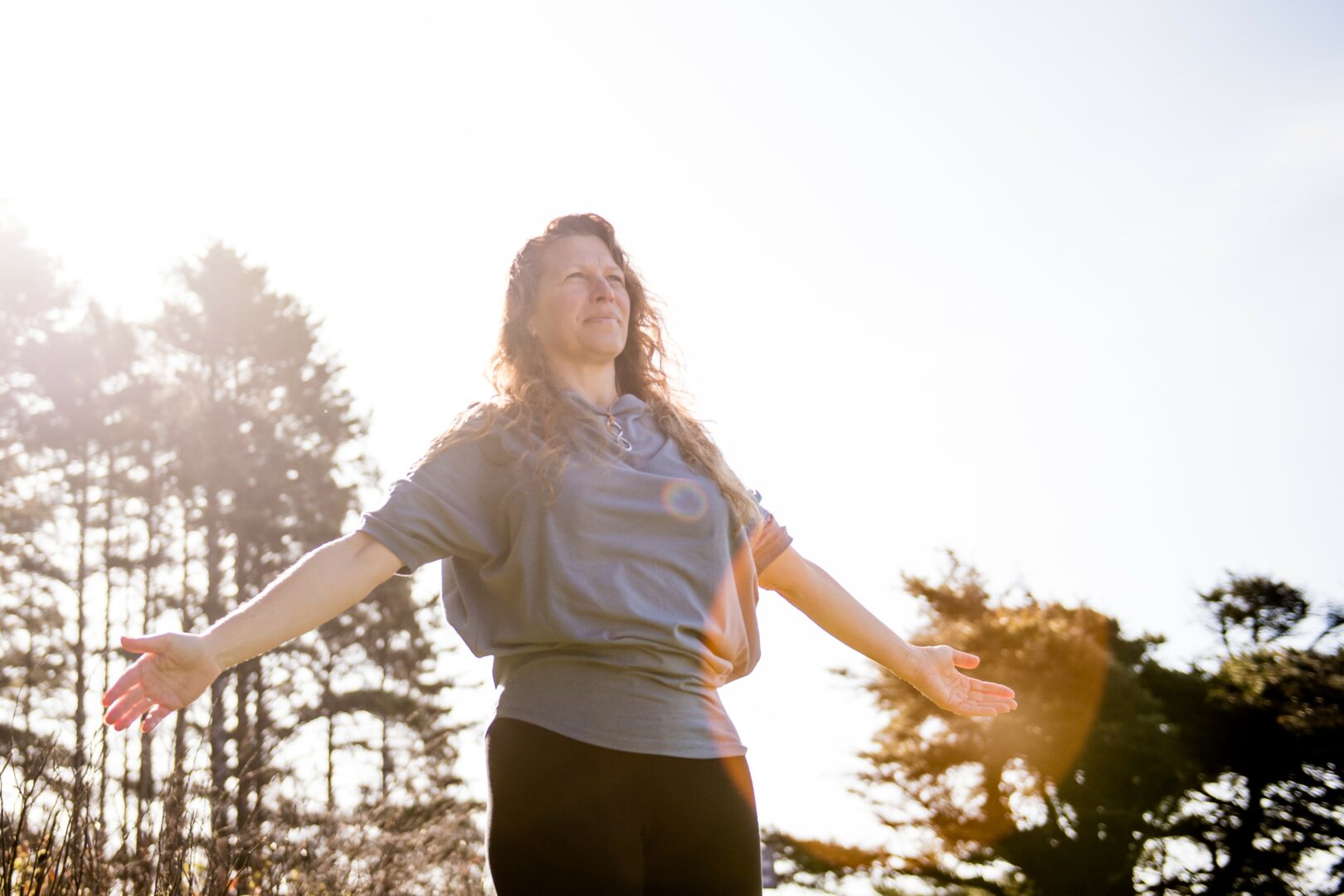We’re looking forward to introducing you to Kiván Quiñones . Check out our conversation below.
Kiván, we’re thrilled to have you with us today. Before we jump into your intro and the heart of the interview, let’s start with a bit of an ice breaker: What makes you lose track of time—and find yourself again?
What makes me lose track of time—and find myself again—is engaging in my art practice. When I’m creating, I enter this state where time almost dissolves. It feels less like a task and more like a ritual—something symbolic that bridges the internal and external, shifting me from one state of being into another.
For me, ritual isn’t only about repetition; it emerges from the environment—our relationship with spaces, people, and things. Art, in that sense, reaffirms those connections. It reminds me of who I am and where I am, while simultaneously freeing me from the boundaries of time.
So, in a way, art is both my escape and my grounding force. It’s where I lose myself and where I come back home to myself.
Can you briefly introduce yourself and share what makes you or your brand unique?
My name is Kiván Quiñones Beltrán, and I’m a multidisciplinary artist whose practice is rooted in ritual as a symbolic, transformative action—an embodied language shaped by environment and memory. I often position myself as a kind of Neo-Shaman, creating works that function as thresholds between spaces, inviting reflection, ancestral resonance, and introspection.
I work with found materials, textiles, and pigment, transforming everyday and traditional objects into ritualistic forms. These take shape as spatial compositions—altars, spirit catchers, or portals—that engage with Afro-Caribbean identity, personal mythology, and fragmented cultural memory. My aim is to blur the boundaries between the sacred and the ordinary, the personal and the collective, creating spaces where transformation and connection can happen.
Alongside my studio practice, I’m currently developing a multifaceted archival and experimental project called HOUSE OF VÛ. It serves as a platform where I can expand and create in ways that aren’t strictly tied to my personal art practice—though they remain connected by origin. It’s a way of cultivating new forms of storytelling, collaboration, and cultural preservation.
Thanks for sharing that. Would love to go back in time and hear about how your past might have impacted who you are today. What relationship most shaped how you see yourself?
I would definitely say my mother. For much of my early life, it was just the two of us, and witnessing how she carried so much on her own while still giving me everything I needed—love, strength, and a sense of possibility—shaped the way I see myself.
She taught me that there are no true disadvantages if you carry resilience and love. In my eyes, she could do anything, and that belief inspired me to feel the same about myself. Her example instilled in me not just confidence, but also a sense of responsibility: to live with that same courage, to transform challenges into power, and to create from a place of love.
What did suffering teach you that success never could?
Suffering taught me things success never could. It revealed how bright even the smallest light can be when there’s nothing else around it, and how what feels like the bottom can actually become the foundation to rise higher. Success often affirms, but suffering transforms—it strips everything down and shows you the raw materials you can build with.
Alright, so if you are open to it, let’s explore some philosophical questions that touch on your values and worldview. What are the biggest lies your industry tells itself?
Another lie is that success in the art world is purely defined by visibility, sales, or institutional recognition. While those things can matter, they don’t measure the depth of an artist’s impact or the spiritual and transformative work that happens through the practice itself. The art world can get caught up in prestige, but art has always been more than that—it’s ritual, healing, resistance, and reflection.
Okay, so before we go, let’s tackle one more area. What is the story you hope people tell about you when you’re gone?
I hope people say that I worked, created, connected, and loved with enough intensity to leave an imprint. That I cared deeply, that I built things—ideas, spaces, relationships—that mattered.
I hope they remember me not just for the works I made, but for the conversations I sparked, the bridges I helped build, and the sense of possibility I tried to offer. And maybe, in my notebooks, sketches, and writings, they’ll find fragments of wisdom—traces of a life devoted to creating meaning and connection.
Contact Info:
- Website: https://kivanquinonesbeltran.tumblr.com/
- Instagram: https://www.instagram.com/kivanquinonesbeltran?igsh=MTFyaXJxdnk1eDR6eQ%3D%3D&utm_source=qr
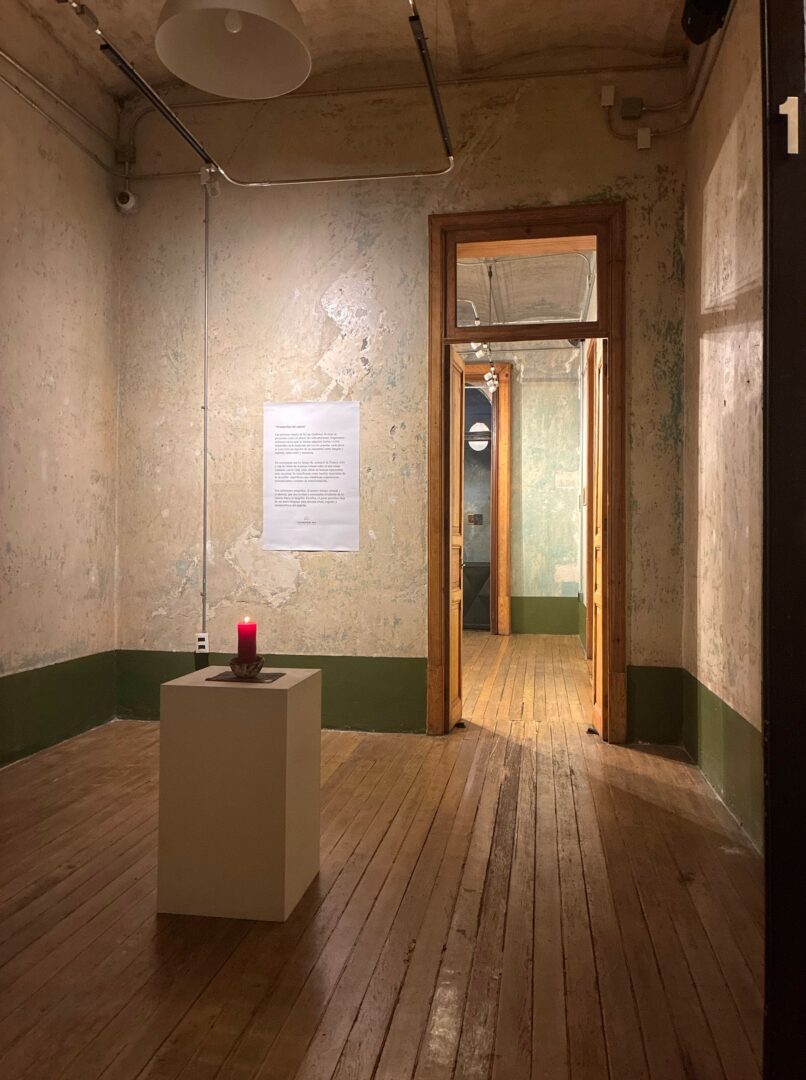
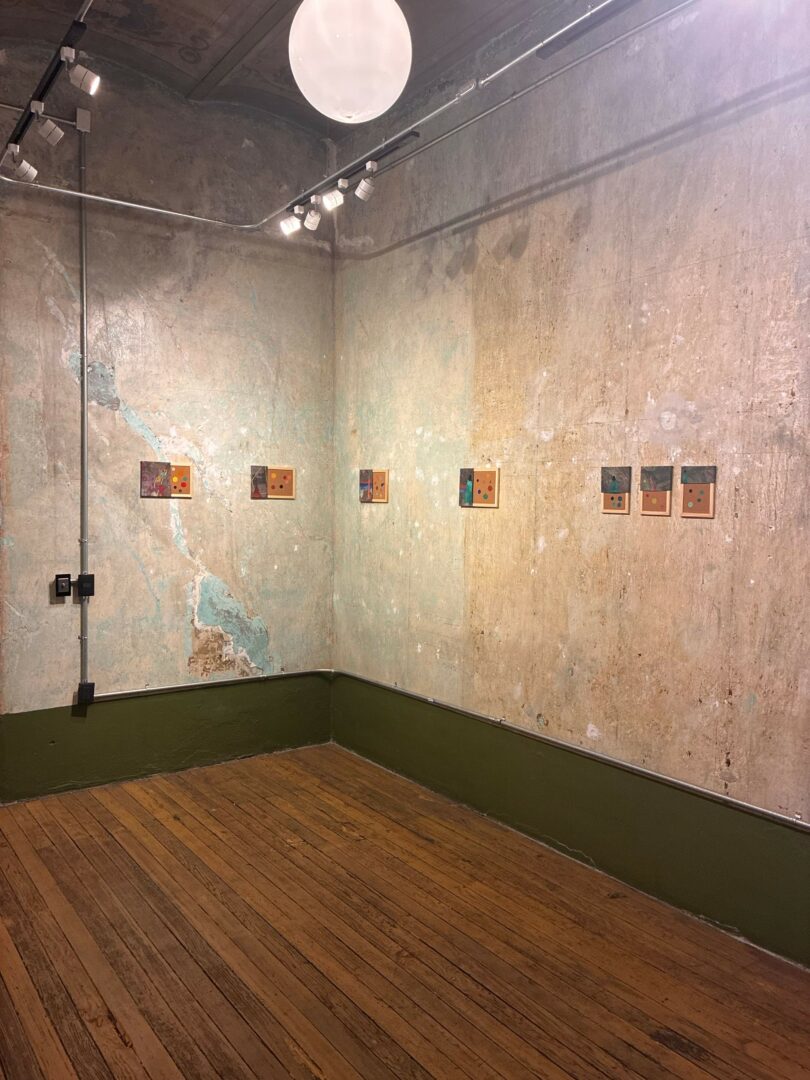
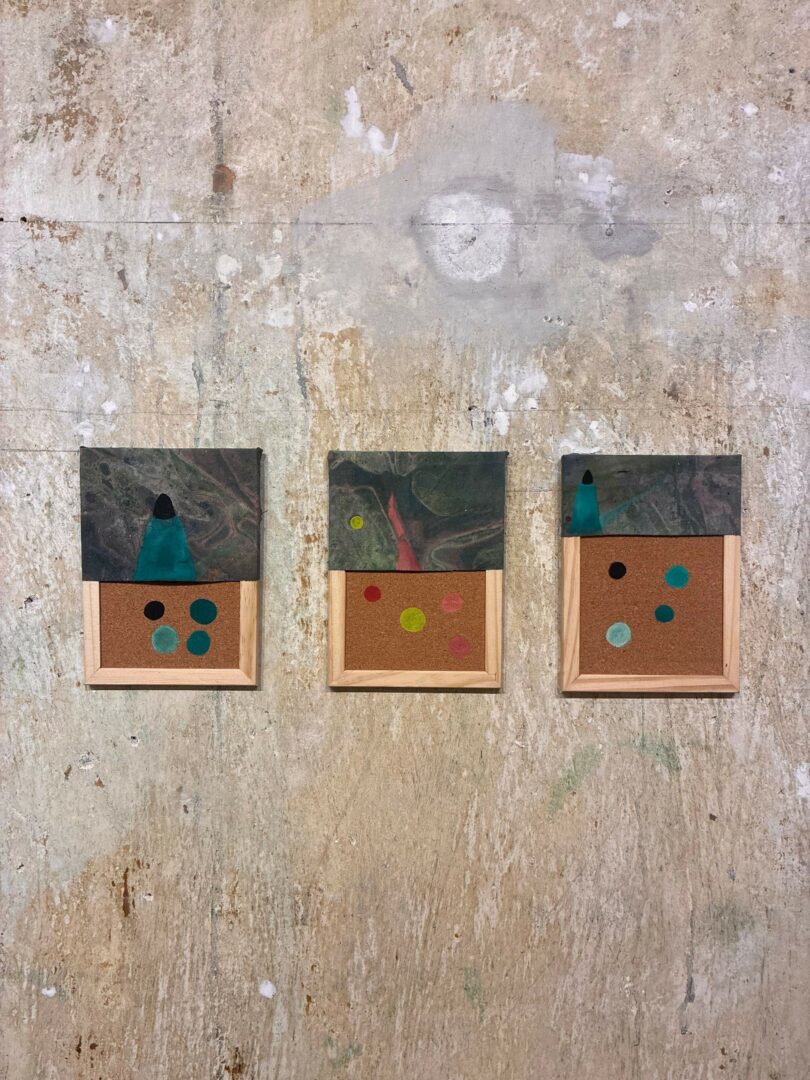
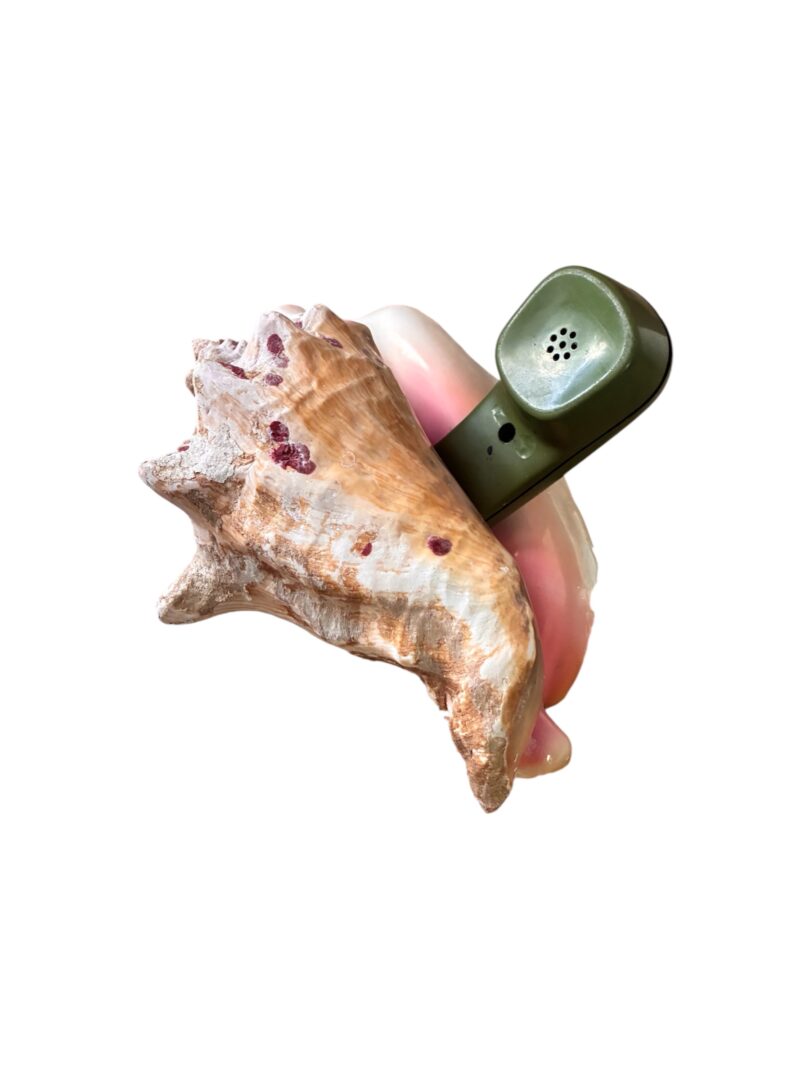
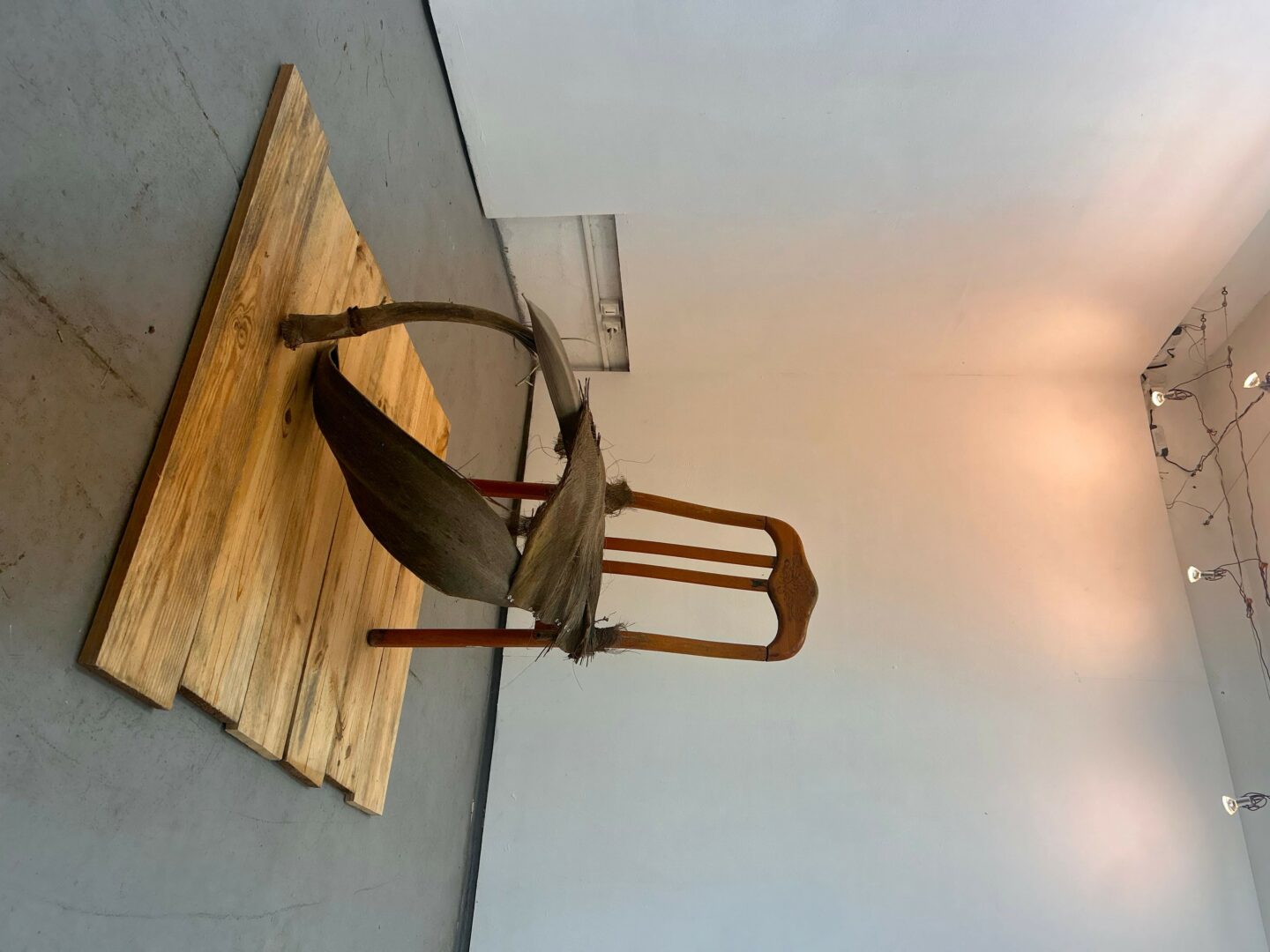
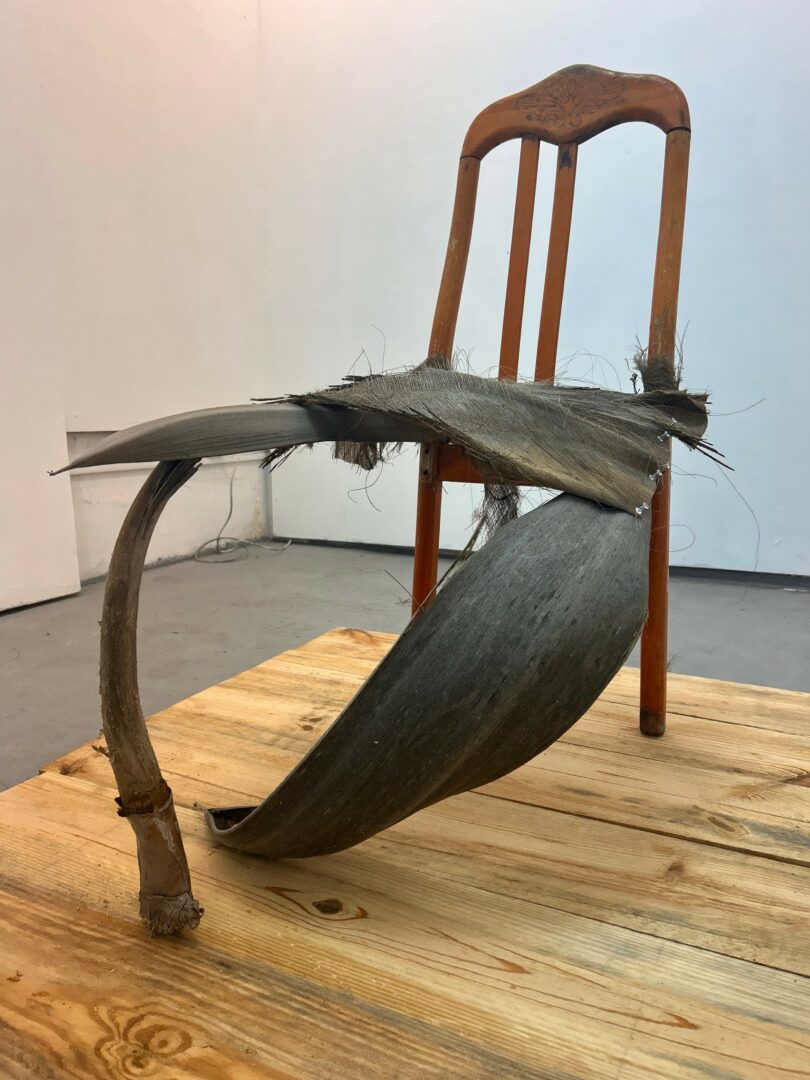
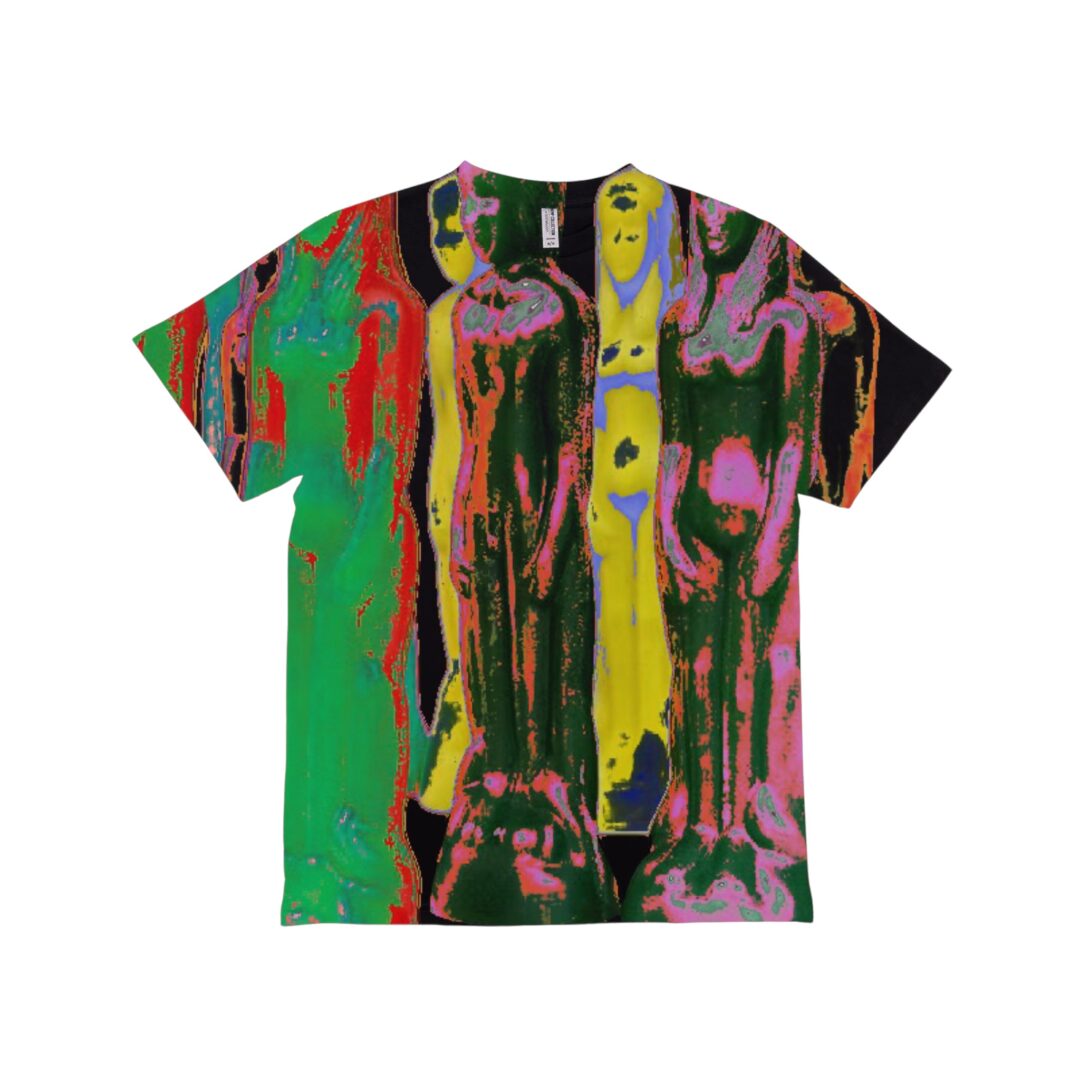
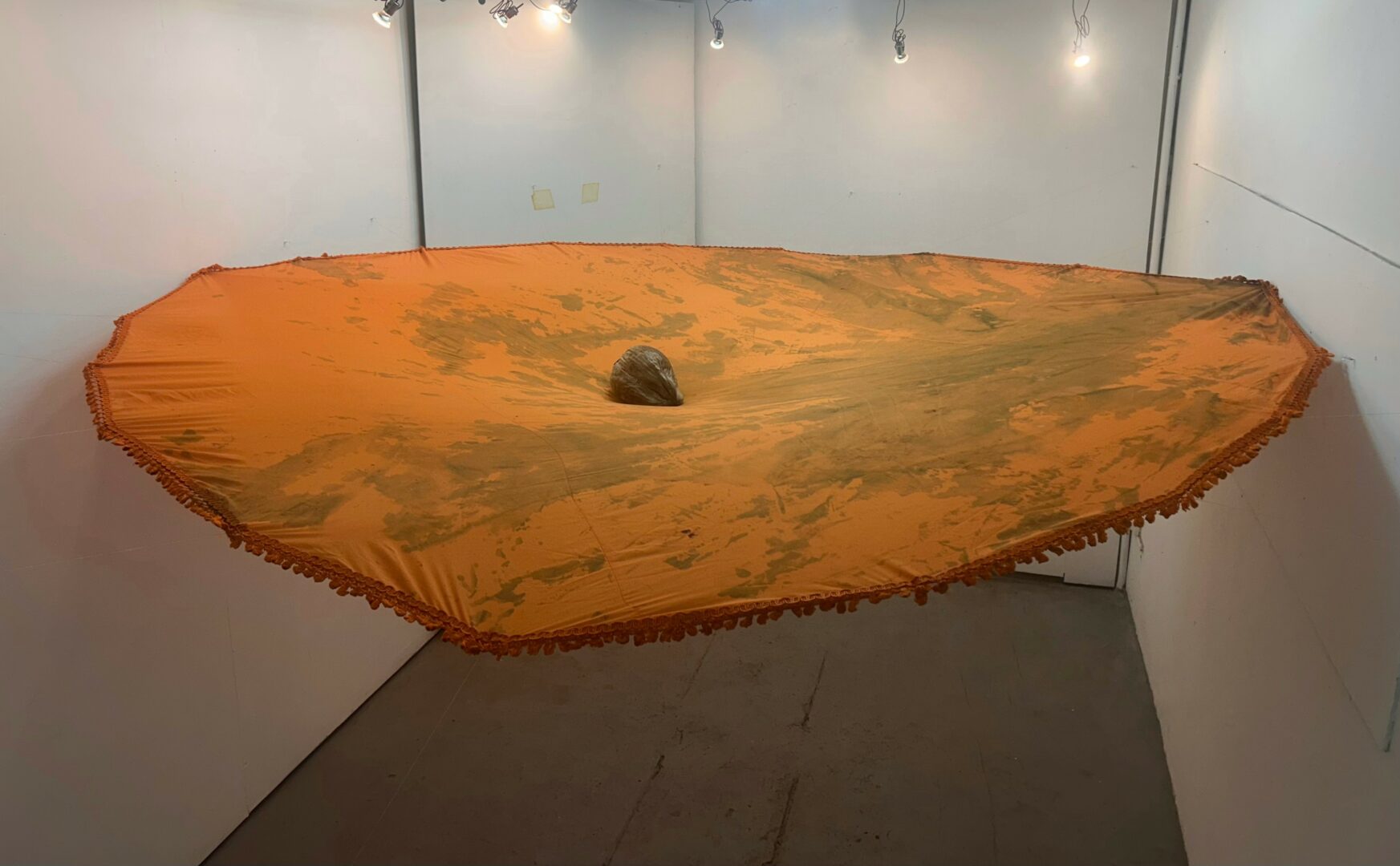
Image Credits
The Portrait was taken by
Alexander Quiles
https://www.instagram.com/don_quiles?igsh=aTMxcGEyeGF6eHd3
so if you or someone you know deserves recognition please let us know here.

